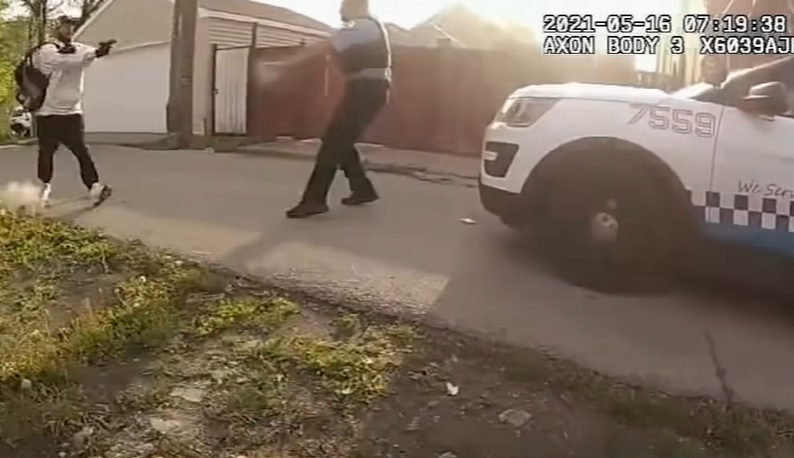
Dallas Police Officer Matthew Brady was one of four officers who fired shots that killed an armed murder suspect as they tried to arrest him. Brady committed suicide the next day. We can’t automatically assume that Brady’s death was immediately connected to the murder suspect’s death, but it appears to be a precipitating factor. While this is an extreme and immediate response to being involved in a fatal shooting, the personal, legal, and organizational burdens on officers after such incidents are enormous.
Some extreme cop-haters have a tragically ignorant belief that police officers look forward to the opportunity to kill and some even seek out the job with the hopes that they can shoot someone. This is patently ridiculous, statistically disproven and contrary to the science and understanding of violence. It would be extremely rare if an officer is involved in shooting a person at all, much less than twice or more in a career. It’s a job that offers many opportunities to use force, but alternatives are employed the vast majority of the time.
In his well-researched and highly respected book “On Killing”, Lt. Col Dave Grossman, a former Army Ranger, and West Point psychology professor, documents the challenge of training young men to kill in wartime. Beyond tactics and marksmanship, the natural reluctance of most humans, including trained soldiers, to kill another human being is an impediment to the need to win a battle by killing the enemy.
Clearly, the comparison between soldiers on a foreign battlefield and police officers on the streets of America must be limited to relevant particulars. The public has no tolerance for collateral damage in police shootings, even a violent criminal – with the exception of a terrorist – is not an enemy combatant, the police officer is bound by the Constitution and a myriad of restrictive laws, and the police officer must prove that alternatives to deadly force were not reasonable.
But in terms of an armed government agent’s bent toward taking a human life, the psychology of the mind is relevant. Grossman cites a French researcher of the 1860s who first documented that many soldiers fired their guns into the air or at an ineffective distance from the enemy. From the American Civil War through the battles of the Vietnam conflict, where one enemy was killed for every 50,000 small arms rounds fired, the question of why men were ineffective at killing was not answered by marksmanship or mechanics, but morality, concluding that “…a significant number of soldiers in combat elect not even to fire over the enemy’s head, but instead do not fire at all.”
In a survey this writer did, the question was asked of hundreds of respondents whether they had the experience of being legally and morally justified in shooting someone but did not. Over 80% related that they had held their fire in a deadly force situation at least once within the previous two years of service. Not only has other research shown the reluctance of officers to use deadly force, observations of fellow officers in the field as well as documentation through video prove the theme. “Being unable to kill is a very common experience”, says Grossman.
Officers retreat when they have every legal right to stand their ground. They use a Taser against the protocol that facing an aggressor who is armed with a deadly weapon is not a candidate for less lethal force. Officers will make multiple commands for the suspect to drop their weapon, sometimes literally begging the armed aggressor “Don’t make me shoot you”. Even the language used avoids the harshest words. Officers say they neutralized the threat rather they killed the person. Many deadly force events happen at such close distances and in such few fractions of a second that the officer reverts to training with no conscious decision about whether to shoot. The situation is obvious to the survival sections of the brain and the response is such that some officers have reported being surprised at hearing their weapon fired, or seeing it in their hand.
A question often heard is why did so many officers fire on a suspect or why an officer fired so many times. The answer is quite simple. Research shows that motivated offenders can continue their attack even after being shot multiple times. The rapid movements in dynamic shooting incidents do not allow an officer to be certain they have struck the suspect in such a way as to stop their attack or threat. When multiple officers are on the scene, each must decide from their own situationational awareness independently on their use of a firearm. If there are three officers on the scene and each sees a deadly threat, there are likely and justifiably going to be multiple rounds fired.
Grossman’s book also reviews the aftermath of those who have justifiably killed someone. Remorse, even in the most justified of situations, is common among those who have had to respond to a threat with deadly force. He describes the stages as including “A collage of pain and horror” and a “life-long process…to accept what he has done. In some cases this process may never truly be completed”. For Officer Brady, that process was never to be completed.